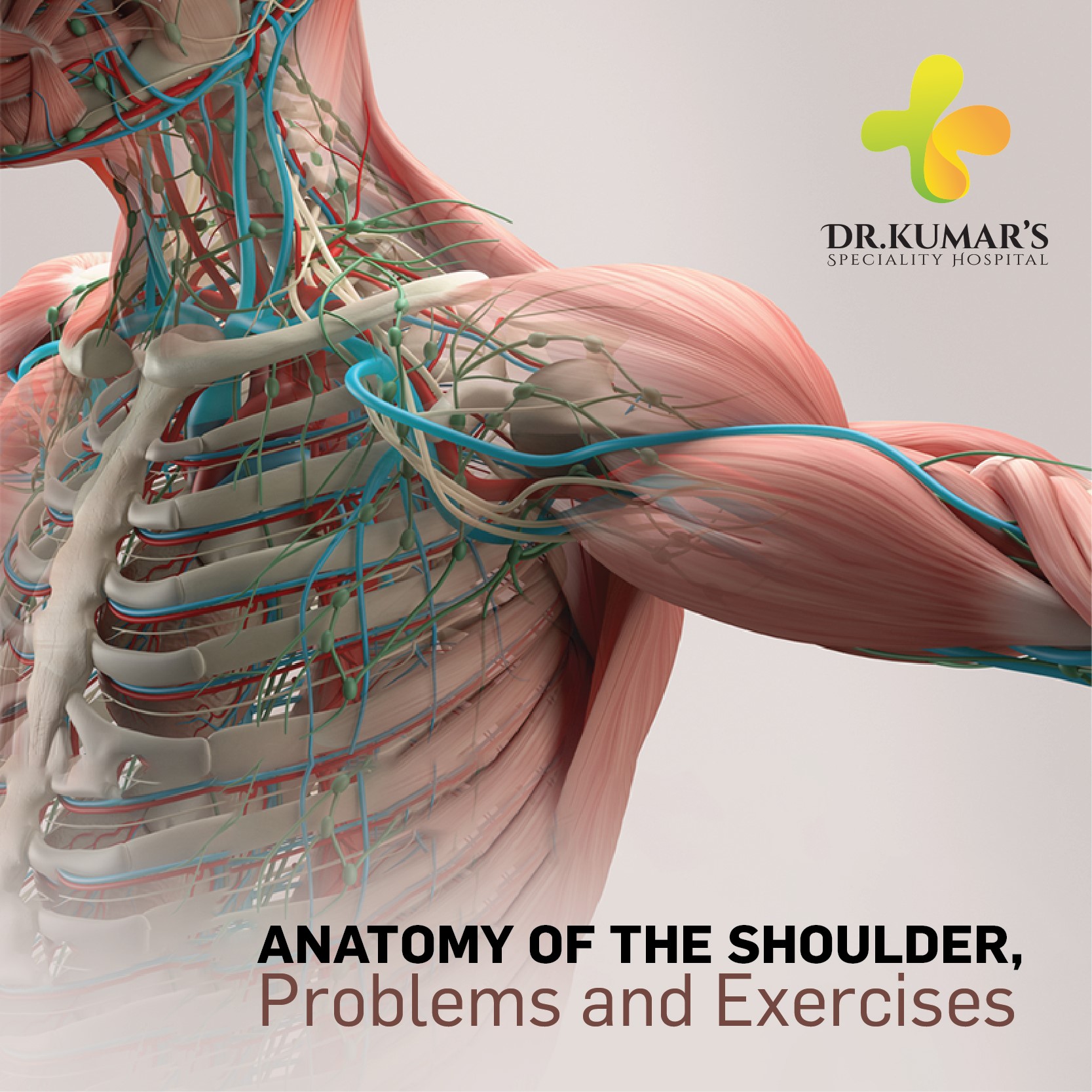
The shoulder joint is a very unique joint since it permits the overall mobility and range of motion to the arms. Due to this extraordinary mobility we are able to pitch a roller ball as well as swim rapidly with equal ease and efficiency. At the same time the excessive mobility of the joint makes it a bit unstable at times.
Shoulder anatomy & Injury
There are three bones that form the entire shoulder joint and they are secured in place by many ligaments and the most important rotator cuff muscles.
The rotator cuff is made of four formidable muscles that combine at the shoulder to form a thick ‘cuff’ over the joint. The rotator cuff does the important tasks of stabilizing the shoulder as well as elevating and rotating the arm. The most interesting aspect being that each muscle originates at the shoulder blade and inserts itself on the arm bone.
The shoulder has a unique ball and socket structure and it is the very same reason that allows the shoulder to be most flexible of joints in the body. Due to its ability for free motion, the shoulder is often the site of many common injuries too.
General shoulder disorders
Frozen shoulder: Frozen shoulder is a medical condition that causes severe pain and loss of motion in the shoulder joints. Even now the exact cause of frozen shoulder is not known though it is more common in women. Usually frozen shoulder is the result of the thickening and shortening of a capsule that surrounds the shoulder joints.
Biceps Tendonitis: The biceps is a well known and larger of muscles in the arm that works to bend the elbow as well as elevate the shoulder. The bicep muscle is connected to the bones above and below by a thick and strong tendon. Sometimes there will be excruciating pain in the upper shoulder while moving the arm; this is due to a condition called biceps tendonitis.
Bicep Tendon Rupture: A bicep tendon rupture occurs when the tendon under the shoulder gets frayed. This happens due to repeated movement of the arm. A bicep tendon tear is felt when you get sudden sharp pain, as well as tenderness on touching the upper shoulder region.
Shoulder Separation:
This is an injury that involves the disruption of the acromiocalvicular joint. This the most common cause of shoulder separation and results due to a direct fall on the shoulder. This injures the tendons that provide strength and stability to the joint.
Shoulder and Rotar Cuff Exercises:
Frozen Shoulder Exercise: Passive shoulder range of motion exercises, shoulder towel stretches or ‘hand behind the back’ stretches, shoulder active range of motion exercise or active ROM exercises and isometric shoulder exercises are recommended.
Rotator Cuff Exercises: These muscles are prone to inflammation and tears often due to lot of overhead activity. The best way to reduce tears is to strengthen these muscles especially with certain exercises either lying down or standing in various positions and raising and lowering the arms.
Pectoral Muscle Stretches: The tightness of pectoral muscles can hinder shoulder movements and cause pain. This can be due to poor posture, weight lifting and any other daily activity. The pectoral stretches can loosen these muscles and help regain normal movement.
Post-operative Shoulder Exercise: A physiotherapist will make you go through a post operative exercise program to recover from a shoulder surgery. A set of strengthening and stretching exercises under the supervision of the physiotherapist will help in recovery.
